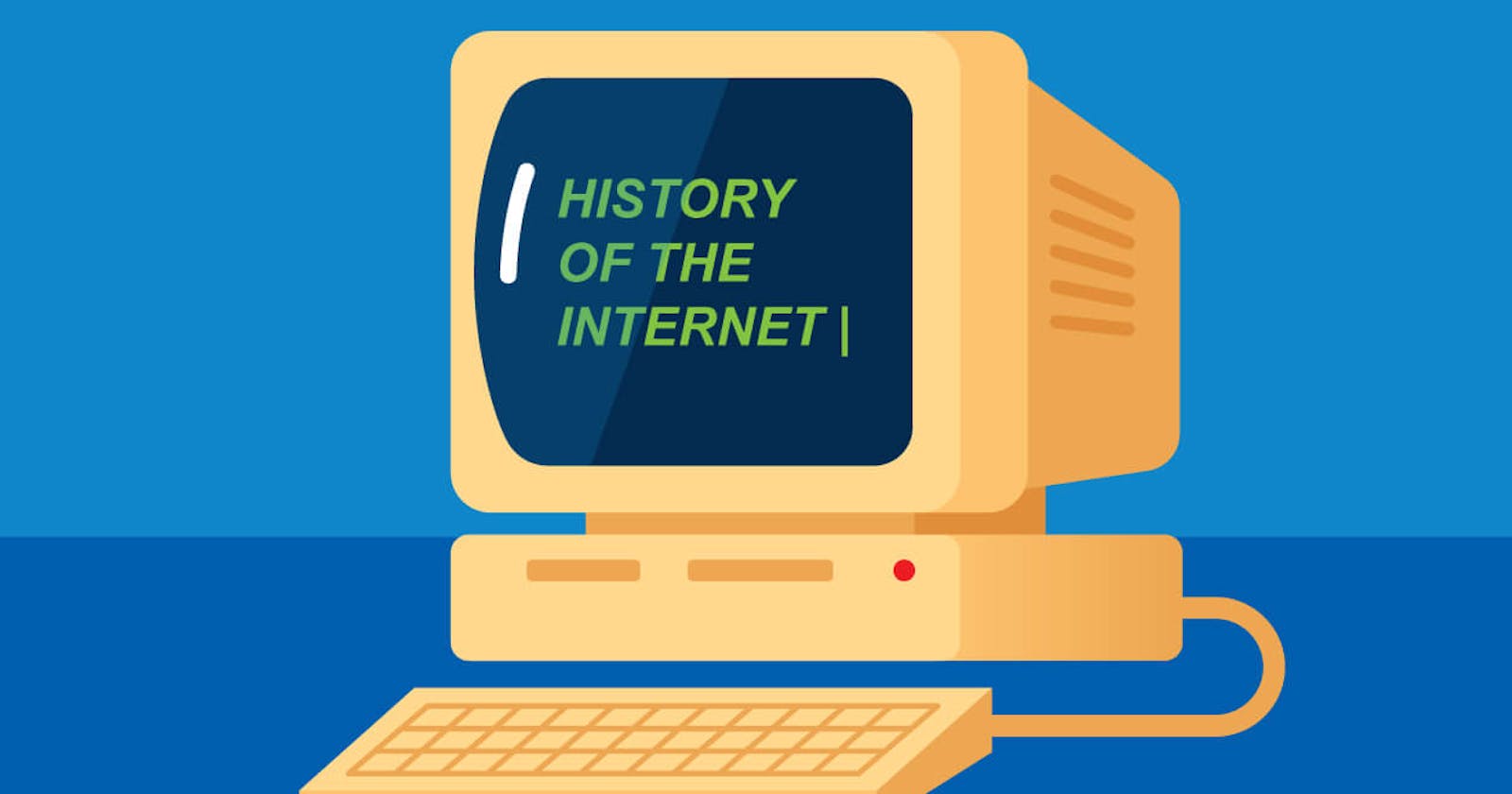The Fascinating History of the Internet
From ARPANET to the World Wide Web: A Timeline of Key Moments and Innovations
Table of contents
No headings in the article.
The internet has become an integral part of our daily lives, connecting people and businesses all over the world. But how did it all begin? The history of the internet is a fascinating tale of innovation, collaboration, and the drive to stay ahead in the race for technological advancement.
It all started in the late 1950s, when the Soviet Union launched their first satellite, Sputnik, into space. This event was a major shock to the United States, which saw it as a clear sign that the Soviet Union was ahead in the race for technological superiority. In response, the United States government established the Advanced Research Projects Agency (ARPA) in 1958 to fund research in science and technology.
One of the main goals of ARPA was to develop a new communication network that could allow researchers at different locations to share information and resources more easily. This led to the development of ARPANET, which was launched on October 29, 1969. ARPANET was a decentralized network that used cables to connect computers at different locations, allowing researchers to share information and collaborate on projects.
In 1969, packet switching was put to the test by setting up two computers far apart from each other. One computer was set up to send “LOGIN”, but the computers crashed before being able to send the whole word, thus only being able to send only two letters, “LO”. This was the earliest prototype of the internet.
In 1972, computer programmer Ray Tomlinson developed the first email program, which allowed users to send messages to each other across the network. This was a major breakthrough, as it made it possible for people to communicate in real-time, regardless of their location. By 1973, email had become the primary form of communication on ARPANET, and it remained an important part of the internet until the present day.
In the late 1970s, Vinton Cerf invented Transmission Control Protocol (TCP), which allows computers on the various mini-networks to communicate with each other
In the 1980s, the internet began to emerge as we know it today. Tim Berners-Lee, a British computer scientist, developed the World Wide Web (WWW) in 1989. The WWW made it possible for people to access and share information on the internet in a more user-friendly way, using web browsers and hyperlinks. Hyperlinks are URLs that allow users to access other documents or websites by clicking on them, making it easy to access and share information on the internet.
The 1990s saw the internet explode in popularity, with the number of users growing exponentially. In 1990, there were around 50 websites on the internet. By 2000, there were over 50 million websites. This rapid growth was due in large part to the development of the Mosaic web browser, which made it easy for people to access the internet from home. The rise of online shopping and social media also contributed to the internet's growing popularity.
To make it easier to search for information on the internet, search engines were developed. These tools allow users to search for websites or pages on the WWW using keywords or phrases. The first search engine, Archie, was developed in 1990. Today, popular search engines include Google, Bing, and Yahoo.
The internet has come a long way since its humble beginnings in the late 1950s. It has revolutionized the way we communicate, share information, and do business, and it continues to evolve and change as technology advances. In 2021, there were over 4.57 billion internet users worldwide, representing 59% of the global population.
The history of the internet is a testament to the power of human curiosity and the desire to connect and share with others. It is a story that is still being written, and it is exciting to think about what the future holds for this incredible tool that has changed the world.
